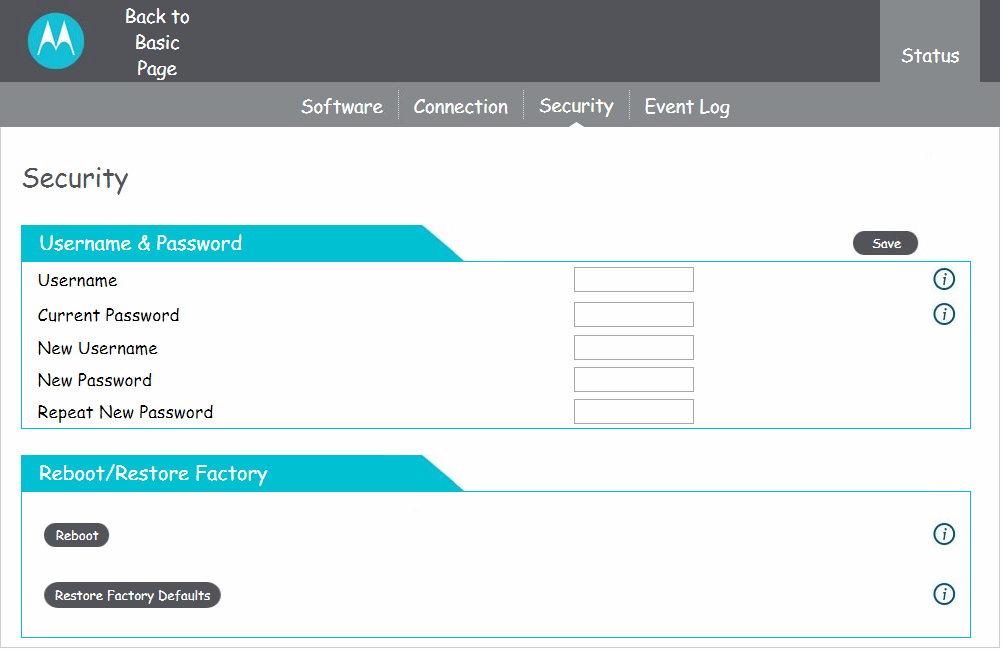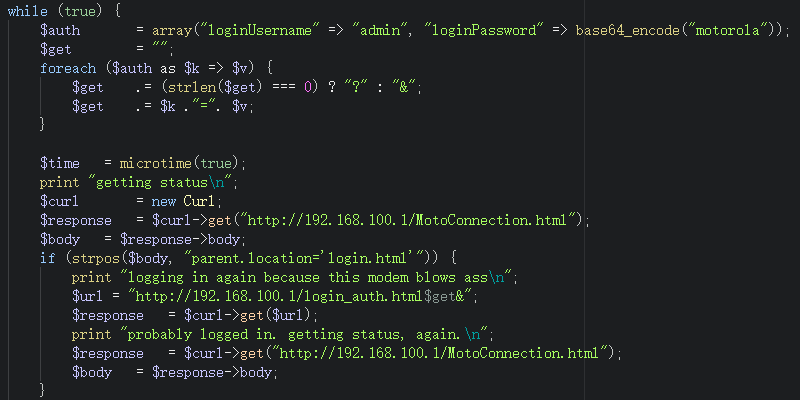There’s been something of an epidemic of malicious bots on the internet these days. You may have seen a post recently titled “Please stop externalizing your costs directly into my face“, or “FOSS infrastructure is under attack by AI companies“. Those are all happening to us, too. Surprise.
I run a website called The Cutting Room Floor, a wiki about cut/unused content in games. The server has been getting hammered by a whole host of LLM scrapers, malicious bots, and other problems.
The first type, LLM scrapers, are fairly well known at this point. They operate by simply scraping every single page of your website, as fast as possible, in the worst way possible, ignoring flags like “noindex” and “nofollow”. The naïve part comes into play because many sites, especially dynamically generated pages like wikis and code repositories, have very deep links to all sorts of historical views of pages — old versions, comparisons between arbitrary old versions, statistics and info pages… A scraper bot will just grab all of those without care of their value (or cost).
The LLM scrapers largely come from cloud providers, especially low-quality ones that are rife with abuse. If you block their scraping attempts, they will simply start up a new VM on their provider of choice, do more scrapes until they’re caught, repeat ad infinitum, until you give up and black hole the entirety of PureVoltage/OVH/DigitalOcean/Amazon/etc. The particularly sophisticated ones spread out their requests across multiple IP addresses in the first place, too, making identifying them much harder.
A subtype of this is the “wannabe archiver/preservationist”. You know the type: “This website is important. I should save it. I will do this by single-handedly downloading the entire website.” We’ve had these kinds of clowns, too. In a sense, it’s similar to a bank run, complete with largely just making the problem worse for everyone.
Those bots are bad, but at least they want the content of the pages, even if it is for no noble goal. Far more insidious are the straight-out DDoS bots.
The DDoS
Here’s a bit of a graph from the TCRF server, one of the analysis tools I made and use. It simply shows a running count of “how many accesses were made to the web server this second”, split across blocked accesses (403s, indicated with a “#” on the bar) and all others (indicated with “|”). This is right as one of the DDoS waves came in, and you can see things jump from TCRF’s stable “5-15/sec” to nearly 100:

This particular DDoS has been ongoing since early January in various forms, and as far as I can tell seems to be targeted at us directly. Thousands of IP addresses, all making one or two requests, all at the same time.
These attacks typically last for a minute or two. The bots have certain pages and features that they disproportionately target: “expensive” pages to generate. For the first few months — before I’d actually pinpointed it as a DDoS — they mostly focused on making excessive calls to “Special:RecentChangesLinked“, a page that shows a page’s history and the history of every page linked to it. By simply requesting 5,000 different pages’ worth of interlinked history, the server grinds to a halt and nobody else can access a page.
When that attack was mitigated by making RecentChangesLinked login-only, The next attack has largely focused on just blasting random history / comparison pages, again with the strategy of “spend as much time executing worthless requests as possible so that nobody else can get in”. Note that almost all of these are within the same second, and from a wide variety of IP addresses, almost all Chinese-based:

It’s not as useful to attack a basic content page, because the wiki will simply give you the cached version. So the bots go after these deep, dynamic pages to waste resources.
Stopping the insanity
Stopping the attack on the site has been an ongoing process, employing multiple methods.

One tool that cropped up recently and got remarkably popular is Anubis, a service that sits in front of your webapp and presents connecting users with a challenge. The challenge effectively requires a client to waste several seconds/minutes doing expensive-to-do but easy-to-verify math, under the idea that bots won’t waste time doing it (if they are even using a client capable of handling it). Anubis seems great, but isn’t really workable for TCRF for a few reasons:
- It requires Docker, which TCRF doesn’t use, and which I don’t want to have to learn, stand up, and add to an already-exhausting maintenance load
- It requires you to use nginx as a reverse proxy to a “web app”; TCRF uses nginx as a web server, not a web app, so there is nowhere to slot it in without standing up even more services
- It presents its challenge to everyone
If you’re setting up a modern web app, by all means, but the costs of implementing it here are too much.
Another suggestion that has cropped up is Cloudflare. Cloudflare likely needs no introduction: they’re a content-delivery-network that you place in front of your web server, and as part of their services they offer anti-DDoS protection. The problems with Cloudflare mostly stem from disagreeable politics, not wanting to rely on an external third party, and (again) having to set up something else in the middle that breaks all the workflows. And, again, I’m not the biggest fan of putting an interstitial in front of every single person.
So, what do you do?
Before analyzing the logs and determining that a lot of the abuse was coming from one particular location (China), the first step was simply to limit access to the most expensive pages. Since this is a simple PHP site, I was able to do this by just inserting a bit of magic into the index page; you might be able to see it if you go directly to one of the blocked pages in an incognito tab. It’s not the best, but it’s short, simple, and (most importantly) prevents the server from wasting additional resources on the request. Logged in users never get this message.
Your request was blocked. Try disabling any VPNs or proxies and try again. If problems persist, please get in touch via Discord (https://discord.gg/wnfBf5D) or IRC (irc.badnik.zone #tcrf, slow)
Then: block. Block block block. So far, most of the problem has come from a handful of networks, or ASNs. They use many IPs within those networks, but they’re still from that network. So: Block ’em all!
As a live example, one of thousands of the malicious IPs was from “219.142.153.182”. A quick look at ipinfo gives us little reason to be surprised: it originates in China, a common theme for these bots. So, simply take the AS number, “AS4847”, throw it into asn.ipinfo.app, and presto, a blocklist ready to drop into nginx. Do this about 20 times, and the DDoS starts to run out of networks it can abuse you from.
The full list of network blocks on TCRF is long and only getting longer, but it includes a frustrating number of Chinese-based telecoms, mobile networks, and cloud providers, especially Alibaba. Holy shit Alibaba is one of the most abusive networks I have ever seen, and I’m not lying when I say any sysadmin’s first step should be routing it to a black hole.
The advantages of all this is that, for most users, it’s completely transparent. Anyone can still use any old browser (even on Windows 98), there’s no intrusive waiting pages or CPU-melting Javascript challenges. The downsides are that innocent users can (and will) get caught up in these blocks, and since not everyone is subjected to the methods, there are ways to bypass it.
But at the end of the day, it’s extremely effective, and even with 100 requests/second, the requests being blocked means it doesn’t even cause a blip on the server.

And yes, there were DDoS waves hitting the server even as I was writing about it. For now, the attacks are impotent.
Here’s a Bluesky post with a video of what the access log looks like when it happens (about 15 seconds in):
Running TCRF is a one-person operation. If you’d like to support us, please consider joining our Patreon. You can also support me directly via Ko-fi.
Hopefully, there’s a day in the future where this comes to an end.








